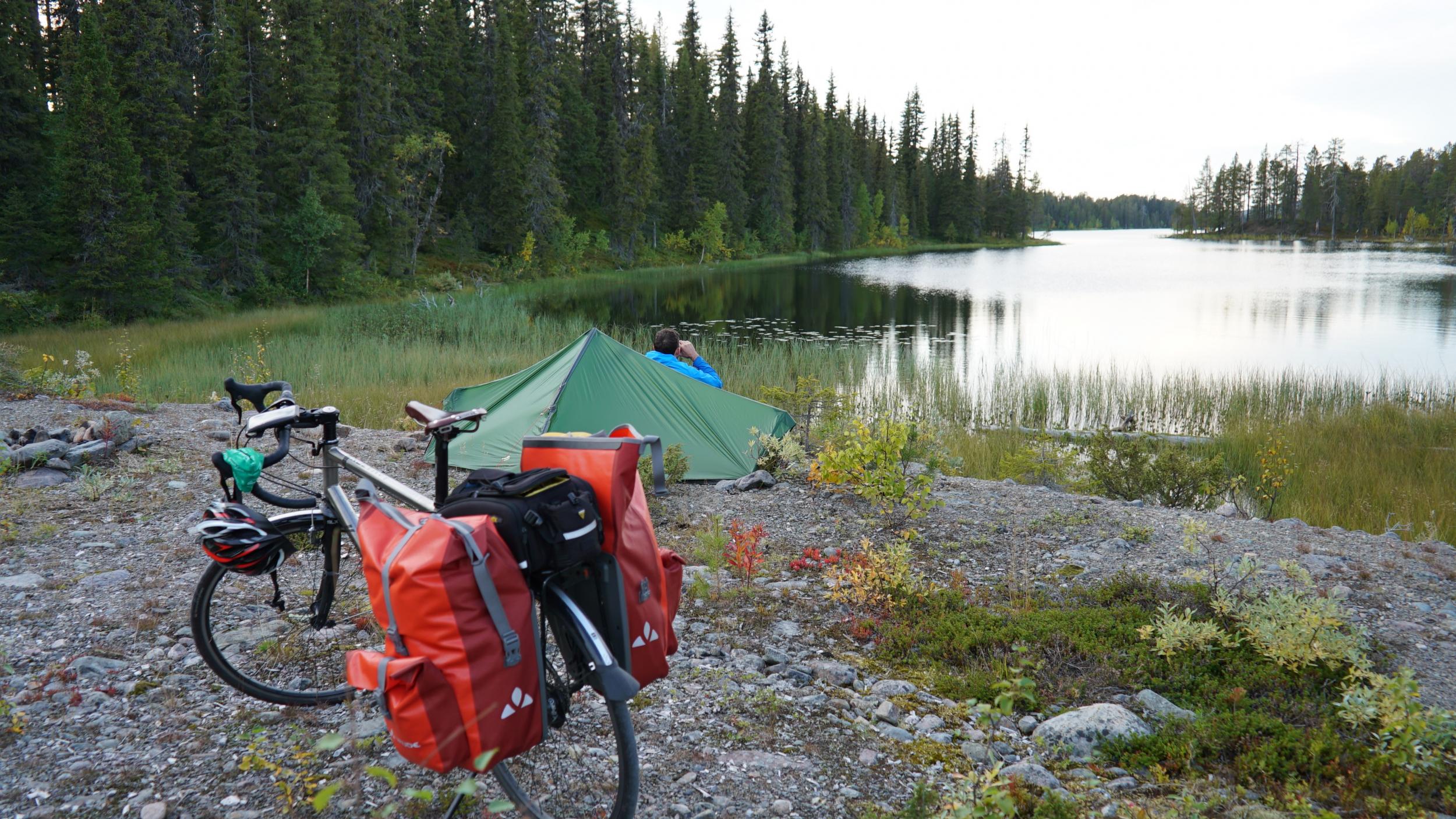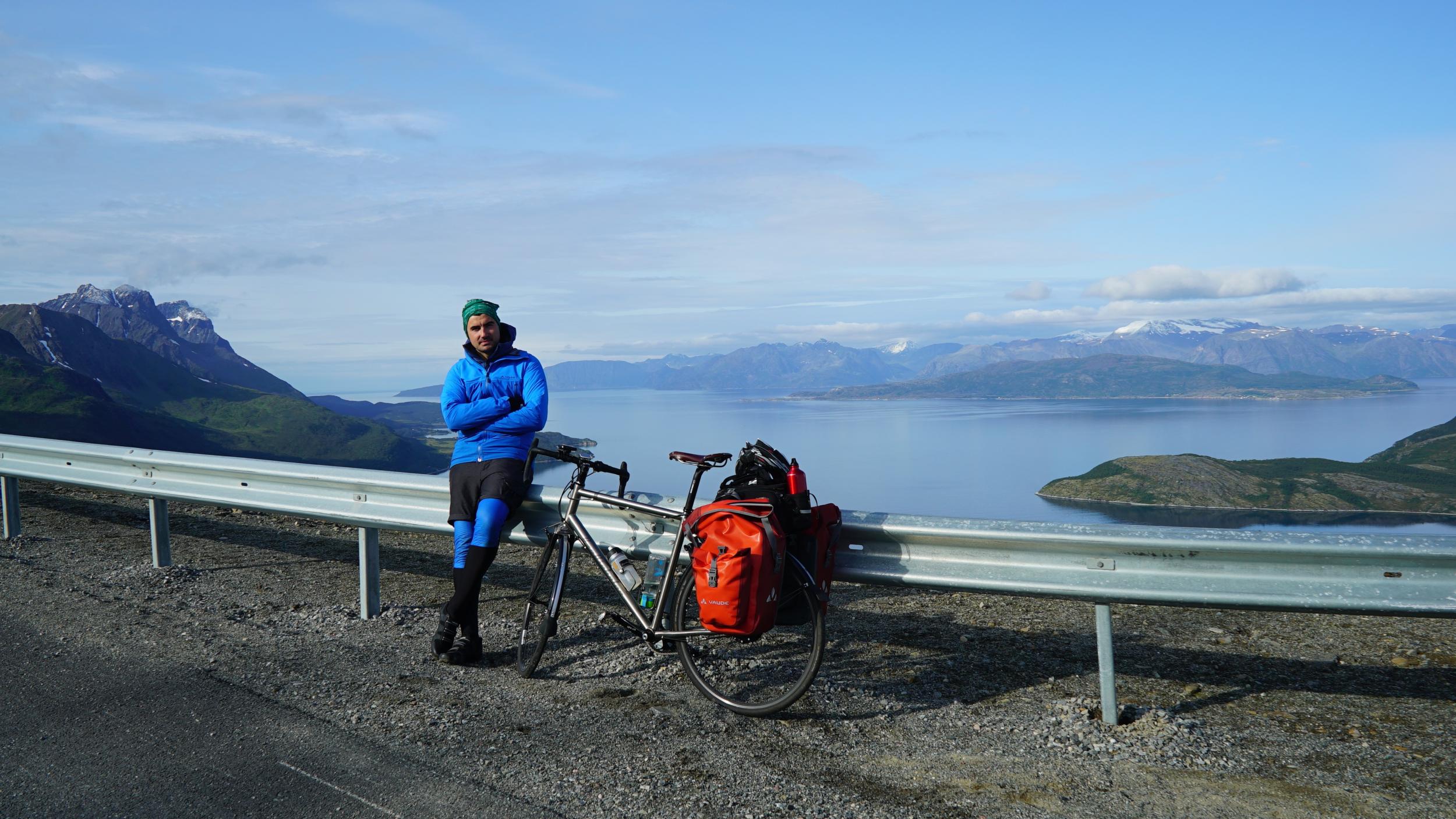What it’s like to fish for king crab in the Arctic Ocean
Simon Parker navigates the icy seas off Norway in search of the terrifying predators that fishers are being urged to catch to protect the marine environment
I am no sailor, by any wild stretch of the imagination. Ernest Shackleton I certainly am not. But despite my lack of sturdy sea legs, I’m a glutton for punishment – especially when there’s a decent story to be found and a hearty meal at the end of it.
So, clad in thermals, waterproofs and steel toecap wellington boots, I swallowed down a pair of anti-seasickness tablets and decided that an afternoon spent on a 33ft fishing boat, tumbling around on Norway’s Arctic Ocean, was an opportunity I really couldn’t pass up.
Originally from Surrey, the skipper Jonathan has been catching king crab in the frigid waters surrounding Norway’s northernmost city, Honningsvag, for nine years. Tourists can join him on trips out to sea, around the North Cape – the northernmost tip of Europe – but perhaps the most fascinating experience comes in simply seeing how his commercial fishing business is, in a tiny way, helping improve the fragile local marine ecosystem.
“King crab were brought here as an experiment,” Jonathan told me, as we crashed over icy waves. “But now we have to try and stop them from going further south. We have a responsibility to protect the marine environment.”
Soviet scientists introduced king crabs to this polar region in the 1960s, in the hope of providing a food source to the human populations living in this frozen corner of the planet. They started out in the Murmansk Fjord, a few hundred miles to the east in Russian waters, but over the course of half a century, they marched westwards and reproduced in their millions – destroying almost every other living thing in their path.

We’re used to hearing stories of overfishing – but in the case of the king crab, an invasive, ravenous predator, Norwegian fishermen have been given an open quota to pull up all they can. “We can fish as much as we want, whenever we want,” said Jonathan, as we started to reel in his nets from 700ft beneath us. “We eat about 50 per cent here in Norway, and the rest goes overseas.”
As the nets broke the surface, we were met by alien creatures from the deep. With short, spiky spines, six tentacle-like legs and two muscular front pincers, they resembled no animal I’d ever seen before.

In contrast to everything else on the seabed, king crabs are vast, and they rule with a regal, iron claw. Some fully grown adults can sport 6ft leg spans and weigh in at well over 10kg. Urchins, snails, mussels and clams are sitting ducks for these voracious creatures, but thankfully humans have developed an appetite for these delectable predators.
“We get about £20 per kilo at wholesale rate,” said Jonathan, as we carefully placed the crabs into a holding tank of water. “But by the time they make it to the restaurants of Seoul in South Korea, that price can rocket to over £250 per kilo. In Asia, they really love them.”
The hundreds of crabs that Jonathan can pull up each day are just the tip of the iceberg. There are millions of these invaders and tourists can’t eat them quick enough. However, in an era when many of us are embracing a flexitarian diet – ditching meat entirely and only eating seafood from time to time, perhaps we should consider eating invasive species like these, instead of relying upon industrial farming and aquaculture.

Back in the harbour, Jonathan boiled up a couple of crabs and cracked open their nobbly legs. Inside, a succulent and nutritious pink meat unleashed thick steam into the cool Arctic air. It was, without doubt, better than any lobster I’ve ever tasted. Guilt(ish) free protein, found in super-sustainable abundance, at the extreme north of Europe.
Earth Cycle is now being broadcast on the TV channel Together – on Sky (194) Freeview (89) Freesat (164) and Virgin (269) plus Finnair and Emirates. The show charts a 2,000-mile adventure cycling and wild camping expedition the length of Norway and Sweden
In episode one, Simon heads out into the open Arctic Ocean before feasting upon invasive king crabs
Join our commenting forum
Join thought-provoking conversations, follow other Independent readers and see their replies
Comments
Bookmark popover
Removed from bookmarks